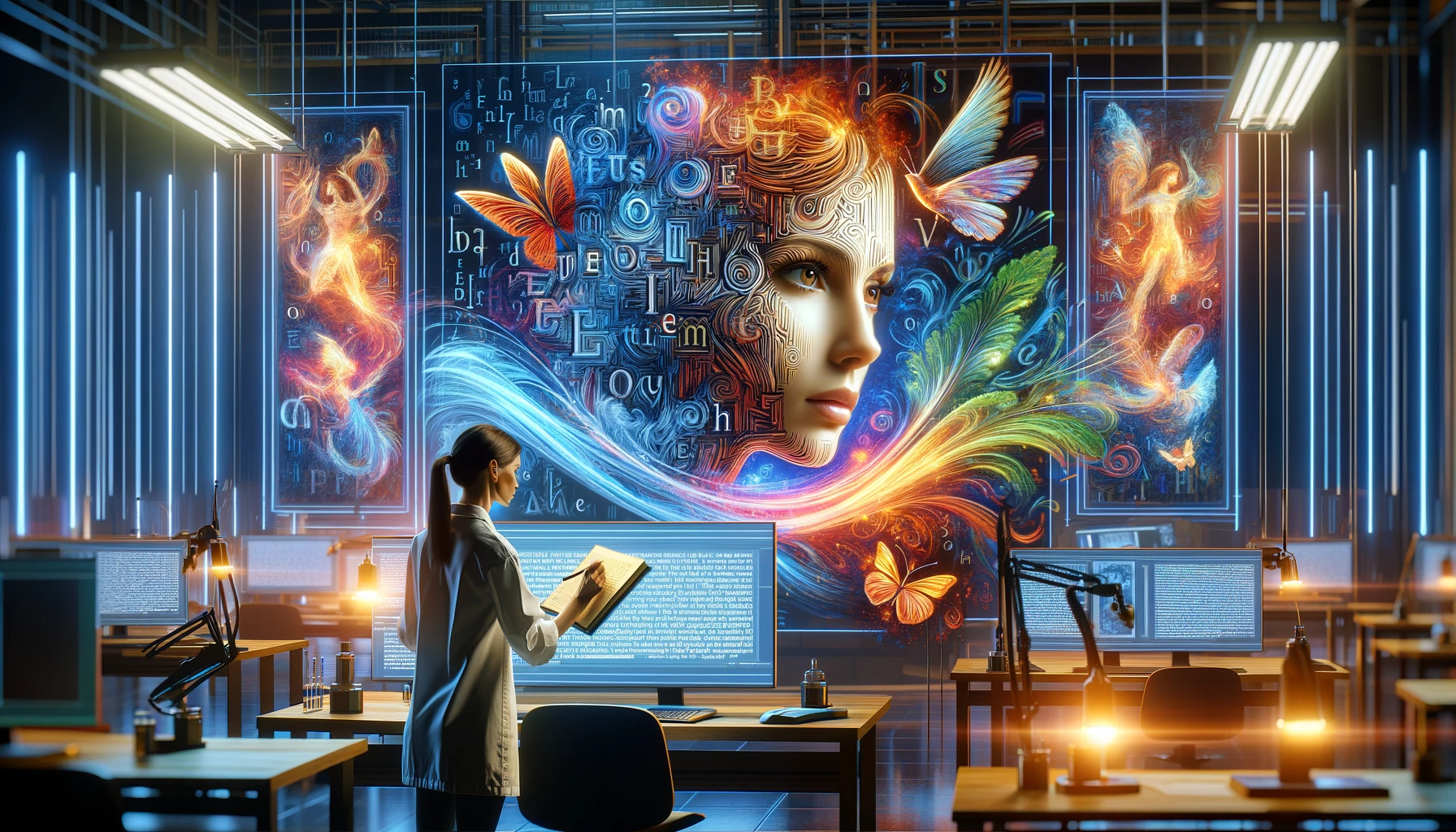
Change AI to Human Text
During their careers in online proofreading, editing, and humanization, the experts at Editly have mastered the art of humanizing AI text. In this series on AI to Human Text, they draw on their deep experience to offer insight into how to humanize AI. In this post, we embrace a matter of daily preoccupation—changing AI to human text.
ChatGPT Text Response to “How to Change AI to Human Text?”
To transform AI-generated text to sound more human-like involves refining the text to better mimic human speech patterns, nuances, and emotional depth. Here’s a step-by-step approach to making AI text feel more human:
1. Introduce Natural Language
- Use contractions like "can't," "won't," and "you're" to make the text sound more conversational.
- Include colloquial expressions and slang where appropriate to add a casual tone.
2. Vary Sentence Structure
- Mix different sentence lengths and structures. Combine short, punchy sentences with longer, more complex ones to create a rhythm similar to natural speech.
3. Inject Personality
- Add personal anecdotes or relevant examples that a human writer might use to illustrate points more vividly.
- Express opinions or emotions to make the text resonate on a more personal level.
4. Adjust the Tone
- Tailor the tone to match the intended audience and purpose, whether it's formal, informal, playful, or serious.
- Reflect the appropriate emotional undertone in responses, whether it's empathy in a customer service reply or enthusiasm in a promotional piece.
5. Incorporate Idiomatic and Figurative Language
- Use idioms, metaphors, and similes to enrich the text and make it more engaging.
- Such elements add color and depth, making the language more vibrant.
6. Engage the Reader
- Pose questions or invite feedback to create a dialogic feel, making the reader feel part of a conversation.
- This engagement can help make the text appear less static and more dynamic.
7. Add Context and Detail
- Include specific details that a human might observe or mention, adding authenticity and depth to descriptions and narratives.
- Tailor content to reflect current events or culturally relevant topics when suitable.
8. Proofread and Revise for Naturalness
- After editing, read the text aloud or use text-to-speech tools to hear how it sounds.
- This can help identify any remaining awkward phrases or unnatural wording.
9. Continuous Improvement
- Use feedback from readers to refine the text further. Understanding what resonates with your audience can guide future edits.
- Continuous learning from interactions and edits will help in consistently improving the human-like quality of the text.
By following these steps, you can significantly enhance the human-like quality of AI-generated content, making it more relatable, engaging, and enjoyable for readers. This process is not just about editing but also about embedding a human touch into digital communications. (378 words)
Top of Form
Humanization of the ChatGPT Text
Transforming AI-generated text to human text involves refinement to include human speech patterns, nuances, and emotional depth. Here’s a step-by-step approach:
1. Introduce Natural Language
- Use contractions like "can't" and "won't” for a more conversational tone.
- Include colloquial expressions and slang when appropriate.
2. Vary Sentence Structure
- Mix different sentence lengths and structures to create a rhythm similar to natural speech.
3. Inject Personality
- Add personal anecdotes or relevant examples to illustrate points more vividly.
- Express opinions or emotions to make the text resonate on a more personal level.
4. Adjust the Tone
- Tailor the tone to match the intended audience and purpose.
- Reflect the appropriate emotional undertone in responses.
5. Incorporate Idiomatic and Figurative Language
- Use idioms, metaphors, and similes to make the text more vibrant and interesting.
6. Engage the Reader
- Pose questions or invite feedback to help the reader engage in a more dynamic conversation.
7. Add Context and Detail
- Include specific details to add authenticity and depth to descriptions and narratives.
- Tailor content to reflect current events or culturally relevant topics.
8. Proofread and Revise for Naturalness
- After editing, read the text aloud or use text-to-speech tools to help identify any awkward phrases or unnatural wording.
9. Continuous Improvement
- Use feedback from readers to refine the text further and understand aspects that resonate with the audience.
By following these steps, you can humanize AI-generated content to make it more relatable, engaging, and enjoyable for readers. (239 words)
The AI Text vs the Humanized Text
Renowned novelist E.L. Doctorow once observed that “Good writing is supposed to evoke sensation in the reader – not the fact that it is raining, but the feeling of being rained upon.” While ChatGPT does know this quote, its response shows that it does not truly understand it. Indeed, the ChatGPT response tells the reader that it is raining again and again, with a repetition of language and ideas that stretches out to 378 words.
Conversely, our humanized content is only 239 words—or nearly 37% shorter than the AI content. This reduction points to the elimination of repetition and the need to make the text straightforward and clear in order to benefit the reader.
The Takeaway
You, too, can practice the above skills and become proficient at changing AI to human text. But, if you would like an experienced helping hand, then don’t wait to get started on Editly.


Paul S.
Online editing, proofreading, and rewriting for both human and AI text. Specialties include admissions essays, academics, business, blogs, and ChatGPT to human text. Chief editor at Editly AI.